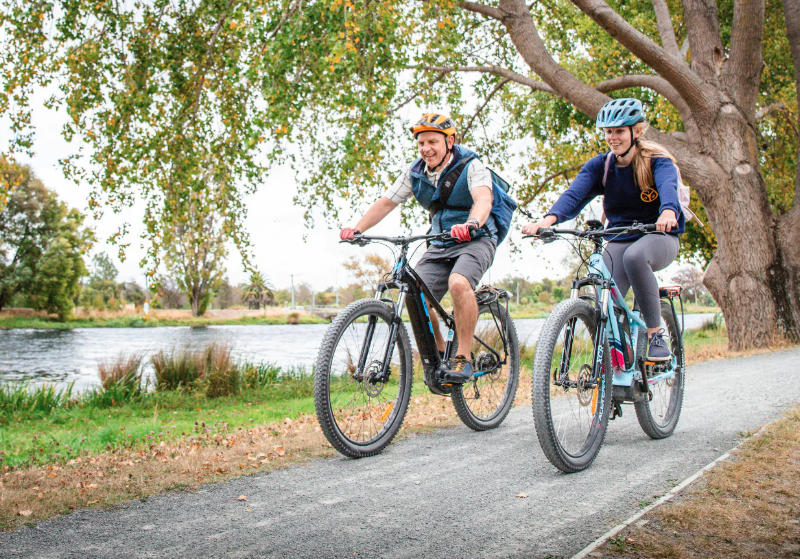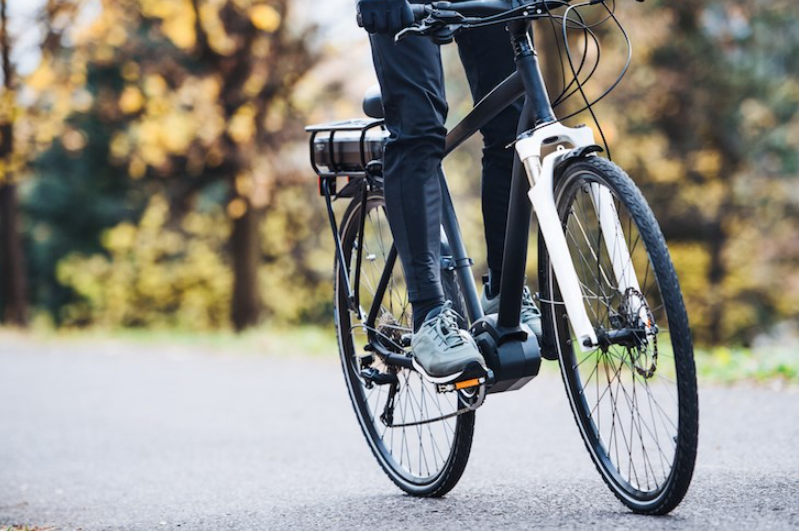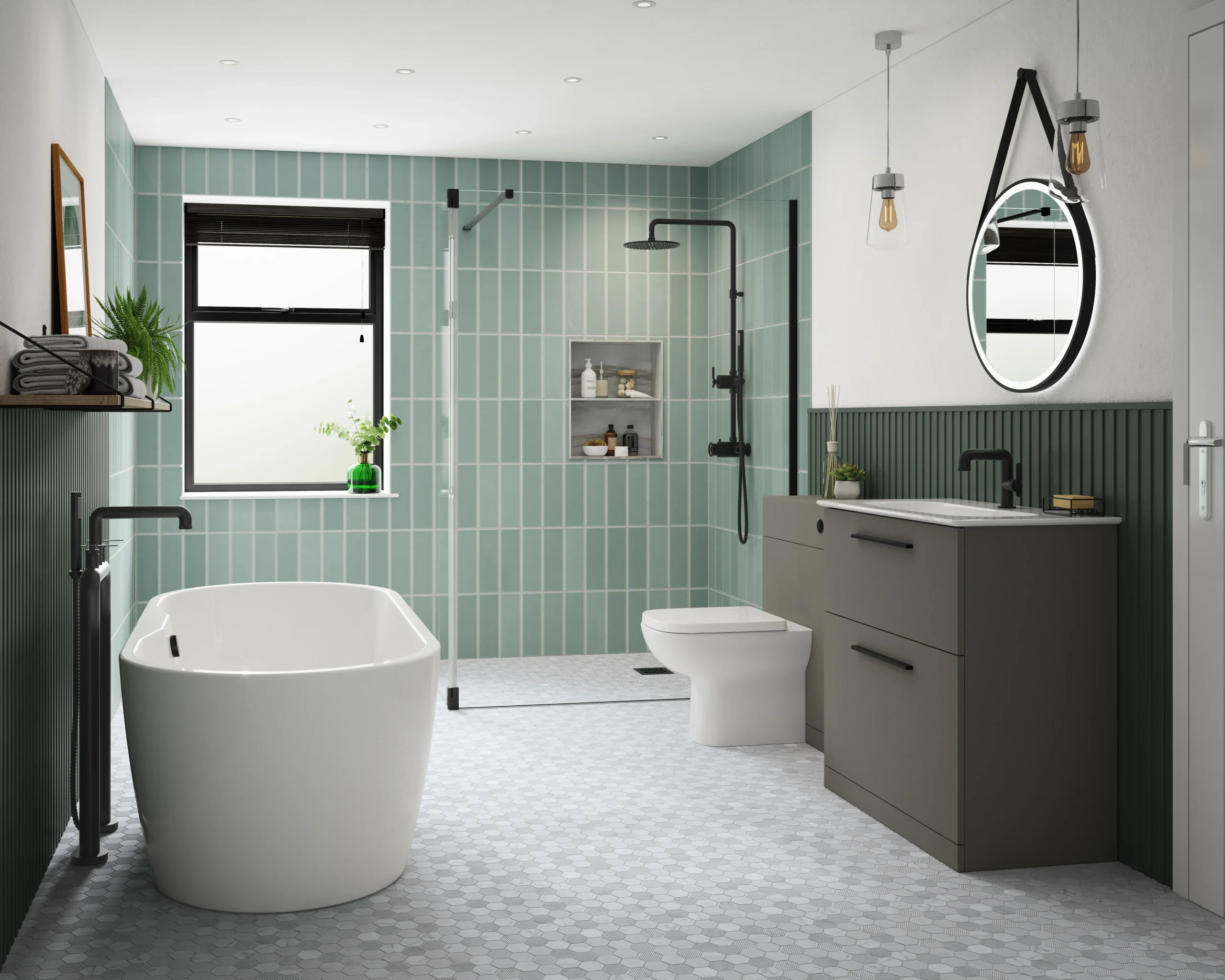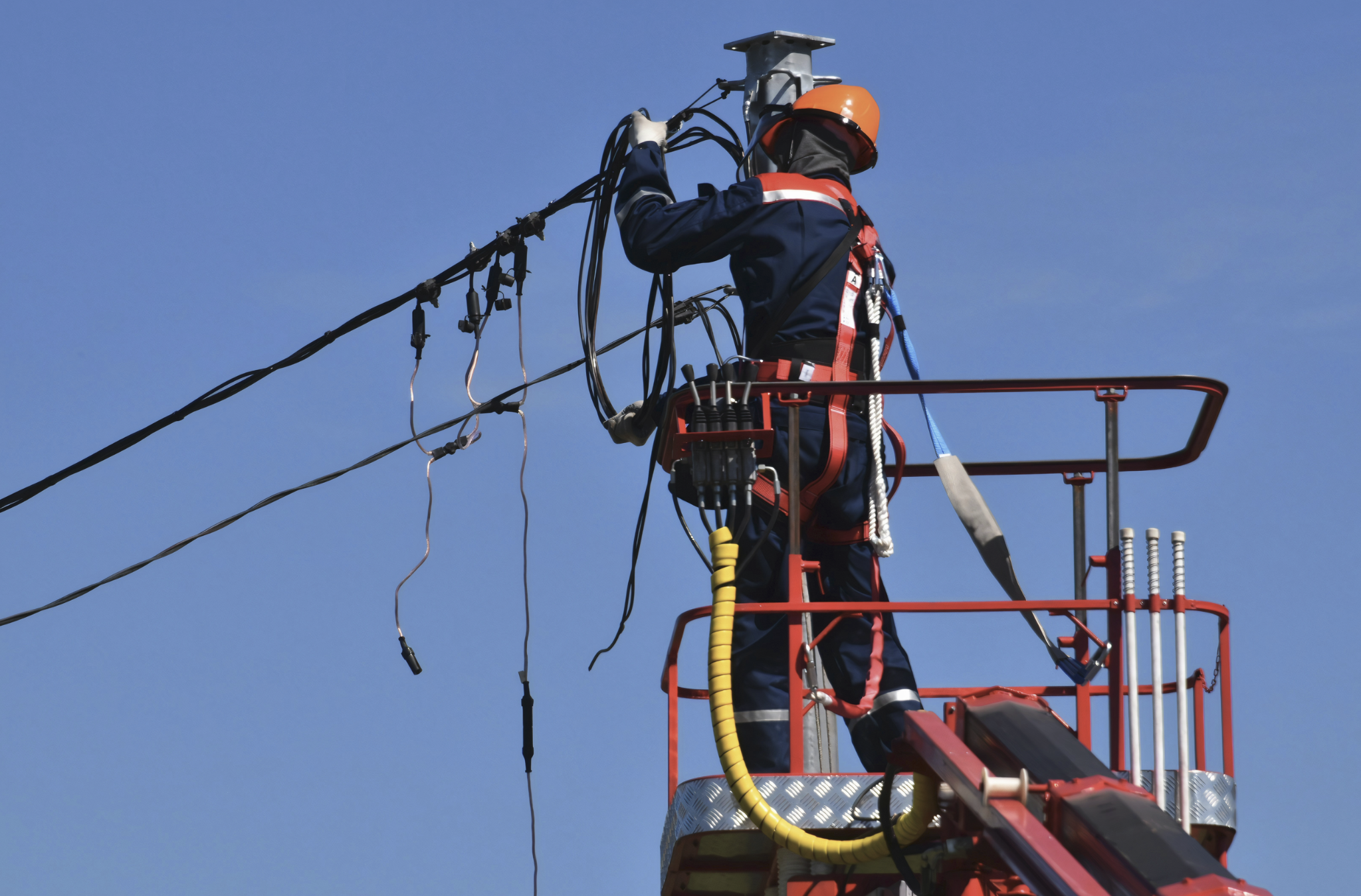From Batteries to Brakes: Key Factors When Choosing an Electric Bike

Table of Contents
Electric bikes have certainly improved the way that riders get around on two wheels. With the support of pedal assist and throttle capabilities, e-bikes increase riding range and decrease tiredness, making it simpler for more individuals to experience enjoyment via motion. With an electric bicycle, you’ll be able to keep up with stop-and-go traffic, haul cargo or kids more easily, arrive at your destination less sweaty, or have a little extra power on rides that would have felt too long or too hilly otherwise.
If you’re interested in being able to pedal more easily and travel more smoothly, this guideline will help you pick the right electric bike.
E-Bicycle Types
Nowadays, different electric bike types are available to suit different riding styles. If you’re looking for an e-bike for urban riding or short city commutes, a commuter or foldable type is the best choice. But if you want something that can handle different terrains, then a hybrid or fat-tire option is recommended. To take on challenging off-road terrain, such as rocky routes with steep drops or inclines, a mountain bicycle is needed.

There are also city/street electric bikes for sale, which are lightweight and quick and suitable for riders seeking a sportier ride, and cargo bicycles that feature a thicker, heavier frame that enables the rider to carry larger loads when necessary. As you can see, your choice of electric bicycle will depend on how you intend to use it.
Types of Assistance
Electric bikes can be pedal-assisted or throttled, both ways to control the power you provide the motor. The pedal assist works by sensing when you’re pedaling and immediately raising the motor’s output to help you along. With the throttle, you can adjust the speed by either twisting or pressing a button right on your handlebars.
The key difference between these two types of assistance is that with a pedal assist, you still have to peddle for the motor to start and aid you, while a throttle allows you to ride completely without pedaling.
Bicycle Classes
E-bikes are divided into three different classes based on the level of motor assistance they receive.
- Class 1 e-bicycles: pedal assist only with a maximum assisted speed of 30 kph.
- Class 2 e-bicycles: throttle assist with a maximum assisted speed of 30 kph.
- Class 3 e-bicycles: pedal assist but can ride up to 45 kph.
Most novices start their e-bike journey with a class 1 model. Class 1 electric bicycles are often more reasonably priced and more widely accepted, especially on city streets and bike routes.
Because both classes of bicycles have a peak speed of 20 mph, class 2 is usually permitted in the same locations as class 1.

Class 3 e-bicycles are faster and more powerful than classes 1 and 2, allowing riders to go more easily through stop-and-go traffic and up steep slopes with less effort. However, due to their improved power, most bike routes and some localities have stricter regulations on them.
Battery Technical Characteristics
An e-bike’s battery is by far its most crucial part. After all, it is what gives you the ability to go faster than your own momentum. Depending on the type of sensor and the amount of pedal assist and throttle utilised, batteries can generally operate for 30 to 60 miles after three to five hours of charging.
E-bikes typically use one of the following battery types:
- Lead-Acid: This is less expensive but heavier and more susceptible to changes in the weather.
- Nickel-Cadmium: These are lighter batteries, but they charge slowly and have the most faults that affect performance.
- Lithium-ion: Offers the best and longest battery hours, but is also the priciest.
When it comes to battery range, it’ll be affected by your weight, your route, the number of stops, and the level of assistance. Therefore, don’t let the manufacturer’s claims about the range mislead you. Nonetheless, it’s important to consider a few of the battery’s technological features:
- The ampere-hour (Ah) value of the battery’s capacity serves as a reliable gauge of its range. The longer the range, the higher it is.
- Also, you will have more help on slopes if your e-bike has a higher voltage (V).
- Select a battery that is lockable and detachable. This will facilitate your ability to recharge.
Type of Brakes
E-bikes can weigh anything from 17 to 25 kg and reach fast speeds. This implies that having high-quality brakes is essential, and hydraulic brakes are the safest kind.
Alternatively, you might choose a motor brake, which uses the energy it recovers when you brake to refuel the battery.
Motor Position
An e-bike’s motor can be located in the rear wheel (hub motor) or placed inside the frame (mid-drive system). Hub motors are not as efficient as mid-drive systems, but they are less expensive and simpler to maintain. Although mid-drive bikes are more costly than hub motor versions, they also have greater torque and power output in addition to a longer range.
Drivetrain
One of the greatest methods to maximise the total performance of an e-bike is to combine the motor’s power with the drivetrain’s mechanical performance. So, check if the bicycle has numerous gears or just one speed.
A bike that has multiple speeds gives you a greater variety of riding options and can make climbing hills much simpler. A single speed limits your flexibility to customise your riding experience and may compel you to rely more heavily on the bicycle’s engine.
Frame Material
The majority of e-bike frames are composed of aluminium alloy, which is strong and lightweight; however, carbon fibre and steel frames are also available. The design and material of the frame, as well as the size of the motor and battery, have a significant impact on the overall weight and riding style.
Material has an impact as well. Therefore, if you find yourself having to decide between two similar bikes, go with the one that best suits your needs. When you test-ride the bike, you’ll know it’s the correct one.
Add-Ons
Electric bicycles can include a range of accessories. Here are some to look for:
- Racks: e-bikes are perfect for carrying stuff because of their increased power. You’ll need a rack over the back wheel if you want to benefit from this.
- Lighting: Lights are frequently included, or you may install your own. If you plan to ride at night, you must have lighting for safety reasons.
- LCD: Usually, an LCD is mounted above the handlebars. They are helpful in providing information on pedal assist, peak speed, and battery usage.
- Smartphone Integration: There are bicycles that integrate smartphones. This enables you to install applications that offer helpful information, such as GPS locations, and link the bike to your smartphone.






